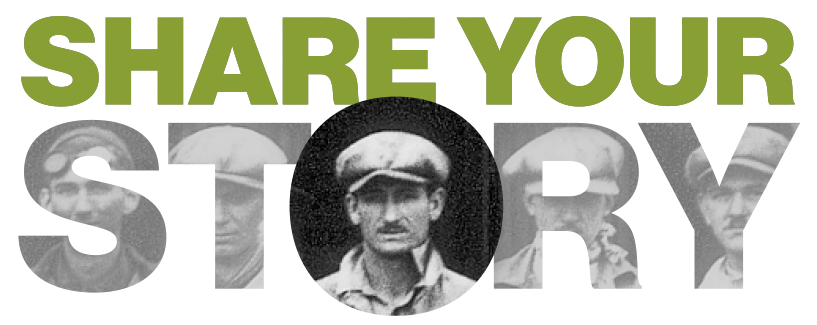
It was a great day for aviation, when Cessna Management made the decision to build the Cessna Citation. One of the main design decisions was to attempt to certify the airplane with single pilot capabilities to reduce operational cost. This had never been done for Business Jets before.
It was my privilege to have been part of the team consisting of myself and two men trained in human factor-engineering. That is, how do we design a cockpit for minimum pilot effort? We worked a few months thinking about all of the duties of basic flying as well as every emergency that we could imagine. For each of the individual ideas and situations, we created tests to simulate and record reaction time and ease of pilot response. The cockpit was designed around these results. The citation was approved for single pilot by the FAA.
Following these cockpit designing efforts, I was given the added responsibility for design of the furnishings and equipment for the cabin.

We wanted to have a flying club and we talked to Bill Lear about it and he said it was a good idea. His first reaction though, was that he could not guarantee that we could keep an airplane hangared out of the weather. We did end up finding people within the company that worked with us so we always had a hangar we could use.
When we were thinking about who would be the club incorporating officers, we thought it would be a good idea to get John Lear, Bill Lear’s son so, we asked him if he would be the President and he accepted. I ended up being the Secretary/ Treasurer. It was a great service provided for the employees.


One of my privileges of my time at Learjet was to give tours for groups that would come in. I would take them through the production line and show them different parts of the airplane. I would show them the step by step process of how an airplane comes together giving them an image of the process.

It has been reported that there were 52 “original employees.” My badge number was 43. By the end of five years there were only 12 of us remaining. I am proud to have been one of these as identified in the above picture.
In the beginning, Bill Lear had started his project in Switzerland, but the Swiss team was not moving fast enough for him. They were too “methodical”, too “old school” for him. They also didn’t have the production capability to get the “stuff done and into production” like the United States did. So, he brought this project to Wichita.
Wichita had a great resource of designers, perhaps more than any other place in the United States. He took a team of people to Switzerland and they brought all of the drawings, some of the tooling, everything that they had, back to the U.S. somewhere around August/September of 1962. At that time, I was working at Beech and received a call from the Lear Chief Engineer, whom I had worked with at Cessna on the T-37. I went to work around October / November 1962. I was just 27 years old at the time.
My first assignment was to assist in the structural design of the airplane. It wasn’t too many weeks when I became a group leader responsible for the design of everything from the back of the cabin to the empennage. The design was complete, the structural testing was near the end, first flight was in our sight…and then…WHAM.
We received the results from an analysis relative to the vibration noise levels from the engine’s effect on the horizontal stabilizer. The results declared that the levels would ultimately damage the stabilizer. And in short, the only solution was to redesign the tail. The hard part of this was the realization that we had only 43 days to first flight. This quickly became a problem not only for the engineer in charge but also for the entire operation of Learjet. Everyone, engineering, experimental, production, tooling, management, everyone went to work and through the effort we created the “T-Tail” which has since then been labeled “distinctive.” In just 43 days we designed a new tail, completed stress testing and built a working assembly for the first flight. The effort and results were awesome!

 Back
Back